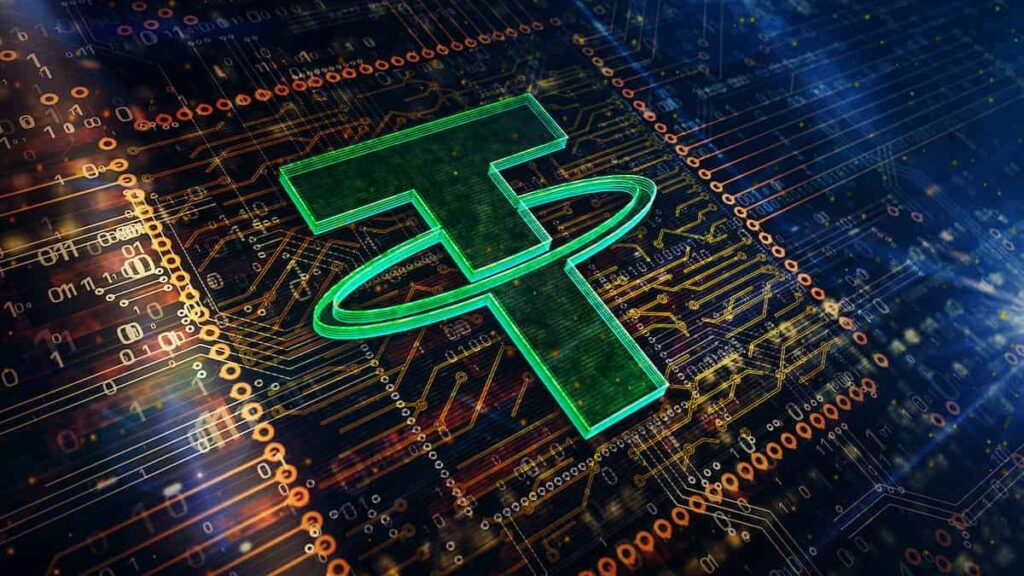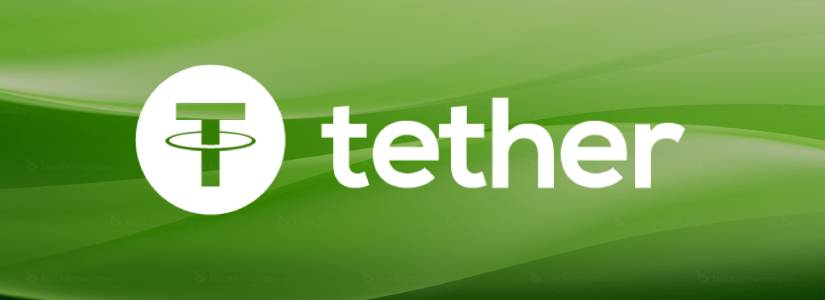TL;DR
- Tether decides not to launch its own blockchain.
- Paolo Ardoino considers that the blockchain market is saturated.
- Tether continues to expand its offering with new USDT releases.
Tether Holdings, the largest stablecoin issuer by market capitalization, has decided not to launch its own blockchain.
In an interview with Bloomberg, CEO Paolo Ardoino explained that creating its own blockchain “may not be the right move” and suggested that the blockchain market could be saturated.
Ardoino argues that high-quality blockchains already exist and that the future of these systems could lead to a model where blockchains become a commodity.
Currently, DefiLlama estimates that the total value locked (TVL) on blockchains is almost $90 billion, with Ethereum dominating the market at 57%, followed by Tron (7%), Solana (6%) and BSC (5%).
Ardoino focuses on the security and sustainability of existing networks rather than developing new ones.
This approach underscores that Tether is committed to platforms that are already proving effective rather than trying to create a solution of its own.
Despite the decision not to create its own blockchain, Tether continues to expand its presence in the stablecoin market.
The company recently announced that USDT will be launched on the Aptos network and a new stablecoin pegged to the United Arab Emirates dirham (AED) will be introduced.
Since the market rally in March, USDT supply has increased by 14%, with over 3 billion USDT being issued in the last week alone.
This highlights Tether’s continued commitment to expanding its offering and diversifying its products.
Tether Expansion and Strategy
Tether’s focus on expanding its stablecoin offering demonstrates a strategy focused on maintaining a dominant market position, despite saturation in the blockchain sector.
The company has made important announcements regarding new launches, including integration with the Aptos network and the development of a stablecoin for the AED.
Such moves reinforce Tether’s relevance in the stablecoin ecosystem, particularly at a time when the blockchain market is facing potential saturation.
The decision not to develop a blockchain of its own can be interpreted as a recognition that resources and efforts could be better directed towards improving and expanding existing products, rather than competing in a saturated blockchain market.
This strategy allows Tether to focus its resources on security and the development of new solutions in the stablecoin space, where the company continues to show strong growth and innovation.











